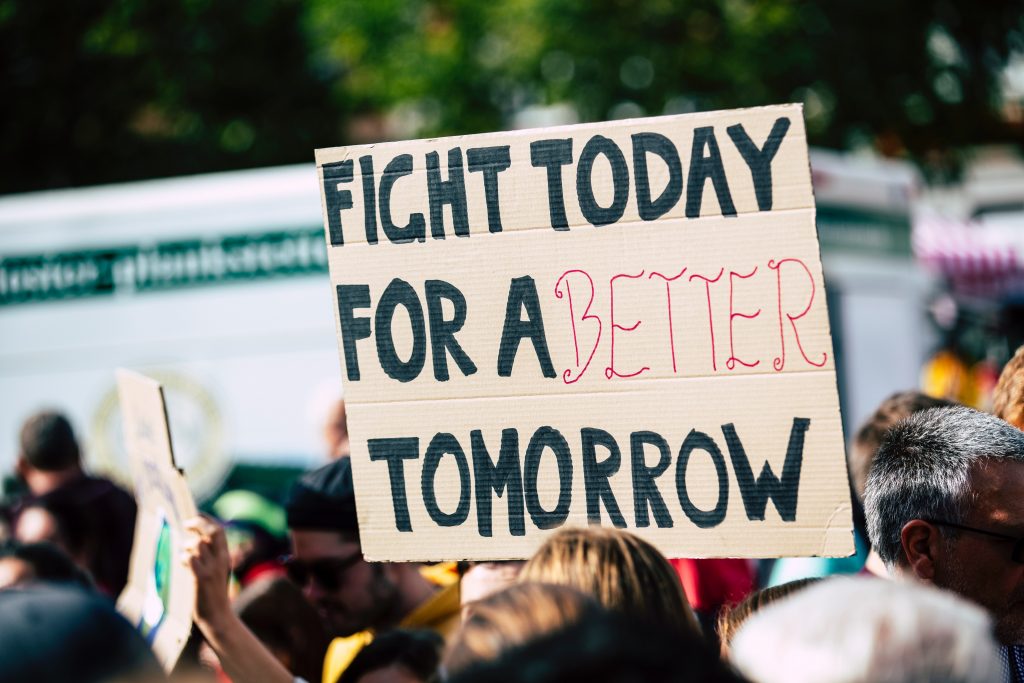Approximately 11.5% of the U.S. population has hearing loss. Globally, this number is expected to expand to one in four people. According to the World Health Organization, that’s equivalent to 2.5 billion people by 2050 — a significant number of workers navigating a world that wasn’t set up for them.
The National Deaf Center reports that despite having a strong U.S. labour market, deaf people were on the bench. In 2017, about 53% of deaf people were employed. This is in contrast to about 75.8% of hearing people resulting in an employment gap of around 22.5%. Although employment rates for disabled people rose in 2021, overall they are still significantly behind their non-disabled peers. Last year, almost 14 million more people would have been employed if disabled people were employed at the same rate as their non-disabled counterparts
When organisations address accessibility, similar to people with other disabilities, they can help reduce this gap as deaf people overcome barriers to access work. This includes making accommodations for deaf people that can help others as well such as using closed captioning. Displaying text in the same language as the audio has become mainstream — closed captioning isn’t limited to people with hearing loss. Younger generations prefer it, with or without hearing loss. For instance, it helps them better understand audio on social media.
When companies create inclusive workplaces for everyone such as Baby Boomer silver workers, LGBTQ+, and deaf people, they open the door to a population of workers with valuable skills and contributions. Direct communication, staying focused in the conversation, and reading body language are important assets that deaf people possess that are applicable to every industry. Considering deaf people have overcome challenges, adaptability is one of their strengths that transcends the job. They’re typically flexible, patient, and problem-solvers. Since it’s often hard to for deaf people to secure work, when they do, they’re often loyal, dependable, responsible, and loyal — all valuable assets to every workplace.
When given the opportunity to contribute to the workforce, they step up. Four years ago, online retail company Zalando’s started a hiring initiative for Deaf people and has hired 22 Deaf workers as of 2020 as part of their workforce from 90 countries. Madeleine Friedrich, severely disabled employee representative at Zalando Logistics, said their Deaf colleagues are not quiet.
“They make themselves heard and seen in different ways, and thereby have opened up our minds to new ways of interacting with each other. We can all learn from one another and gain new perspectives.”
As many friendships have formed beyond work relationships, Friedrich’s colleague, Coskun Karakus, corporate social worker, has seen a “massive cultural benefit for Zalando translates into long-term gains for business, though they may not be measurable or visible immediately. People are becoming more aware of each other and are being more supportive. I think that a diverse workforce makes a company more human and grounded.”
What is deafness?
The definition of being deaf is either total or partial hearing loss that’s so severe that the level of hearing is very low. Someone who’s considered hard of hearing has a hearing loss where there’s enough hearing so a hearing aid or another auditory device provides support to hear speech.
There are three types of hearing loss: sensorineural hearing loss, conductive hearing loss, and mixed hearing loss. Sensorineural hearing loss is the most common type of hearing loss. It occurs when the inner ear or the hearing nerve Is damaged and can be due to aging, exposure to loud noise, injury, and more. In conductive hearing loss, sound waves in the outer or middle ear aren’t able to transmit to the inner ear. Mixed hearing loss occurs when people have a combination of both sensorineural and conductive hearing loss.
Similar to a distinction among the type of hearing loss, there’s also a distinction of when to use “deaf” or “Deaf.” It should be lowercase when referring to a hearing-loss condition or a deaf person who prefers to use lowercase.
The capitalized word should be used for people identifying with the Deaf community or when they capitalize it by describing themselves as sharing a sign language and culture. Typically, Deaf with a capital D is used when people were born Deaf or were Deaf before they started talking and used sign language as their first language.
Here are seven ways to make the workplace deaf accessible
Embrace technology
Determine what deaf people need as you build an effective workplace. This could be screen magnifiers, refreshable braille, and more. To bring their best selves to work, organisations need to be open to making reasonable adjustments. This includes researching the latest technology that can help make the workplace more inclusive.
Explore outside resources
For instance, a deafblind employee may request a job coach or mobility instructor. Agencies like the Massachusetts Commission for the Blind have these coaches and instructors available. In addition, they will not cost your company. Research what’s available in Europe, too to see discover more resources.
Alter your communications
Make it more accessible. If you put cookies in the lunchroom, instead of just leaving a note, send everyone an email. This extends to safety as well. At Zalando, deaf workers are equipped with phones that vibrate and alert them in case of a fire.
Research inclusive communication methods
This could be sign language interpreters, speech-to-text reporters, electronic notetakers, lip speakers, and more. When organisations expand communication methods, deaf workers become enabled and empowered to show up as their full selves.
Bring an interpreter
Ensure workers have full access to information that’s presented at gatherings and presentations which can include social events like team holiday parties.
Review and adjust your recruitment process
Determine how you can improve access to work. Is your website accessible? Is it deaf-friendly? Does it promote inclusivity and encourage applications from a wide range of backgrounds?
Conduct deaf awareness training
It’s important for all workers to become more aware of the types of deafness, communication barriers, and how to improve their communication skills. Training will also provide them with increased knowledge and understanding to create a better working environment, one that is inclusive of deaf people. This can also help improve staff morale, loyalty, productivity or customer service.
Key Takeaways
As companies make it a priority to accommodate workplaces for deaf people, they tap into a valuable previously underserved population. Everyone organisations intentionally create an inclusive workforce, everyone benefits when deaf people work. The data proves it: when companies offer inclusive working environments for employees with disabilities, as shown by Accenture data, they earn an average of 28% higher revenue, 30% greater economic profit margins, and double the net income of their peers.
Jamie Lard, Perkins School for the Blind spokesperson, said, “Everybody’s human and wants to participate in work. Whether it’s a difference in skin color or a difference in disabilities, everybody wants to be part of the community.”



